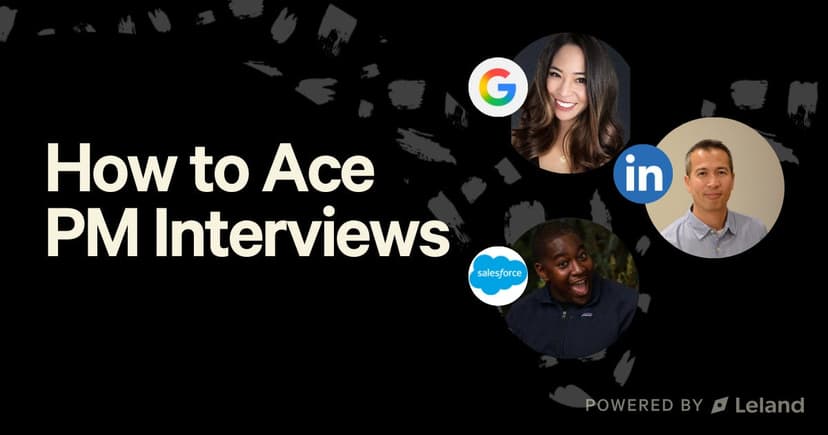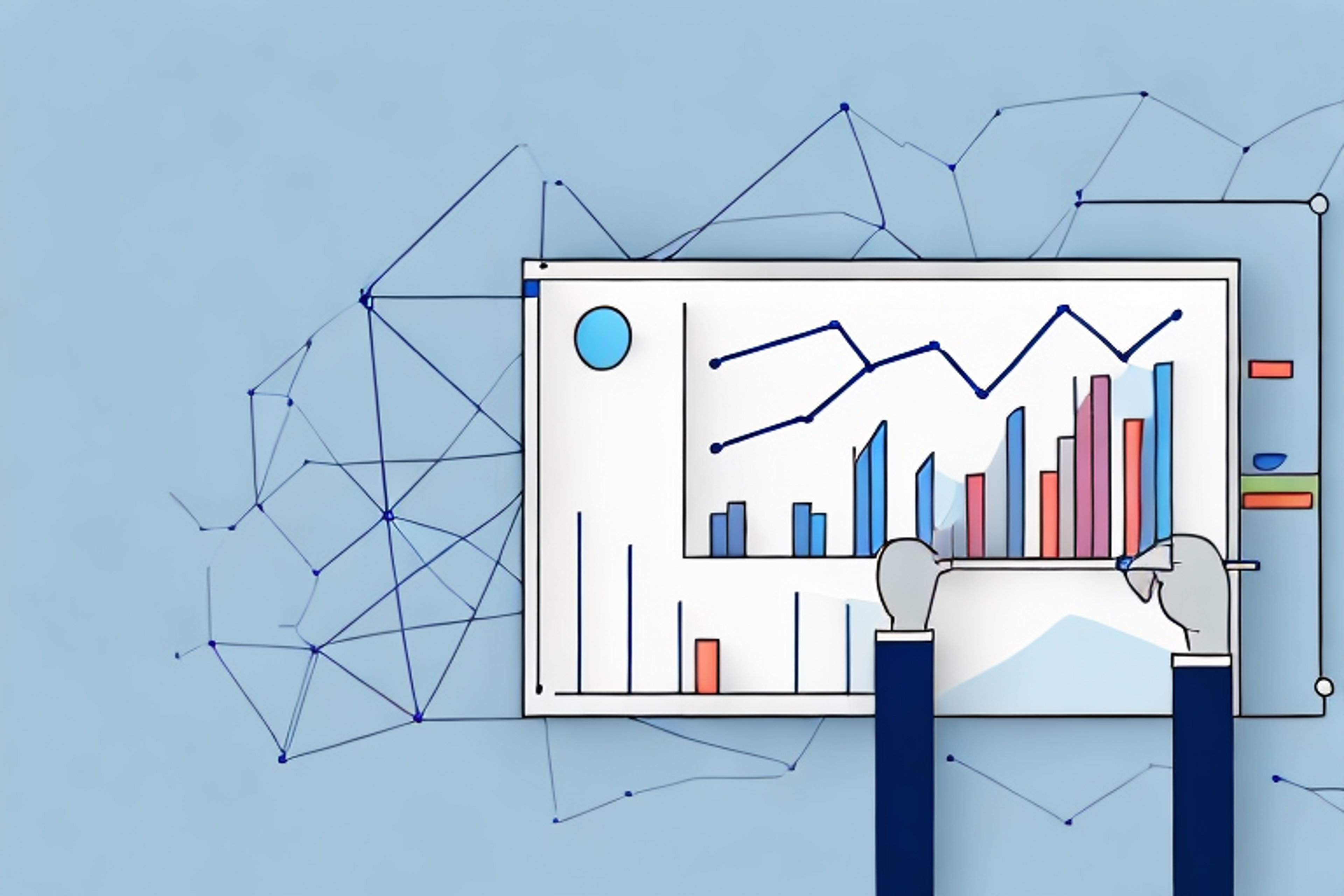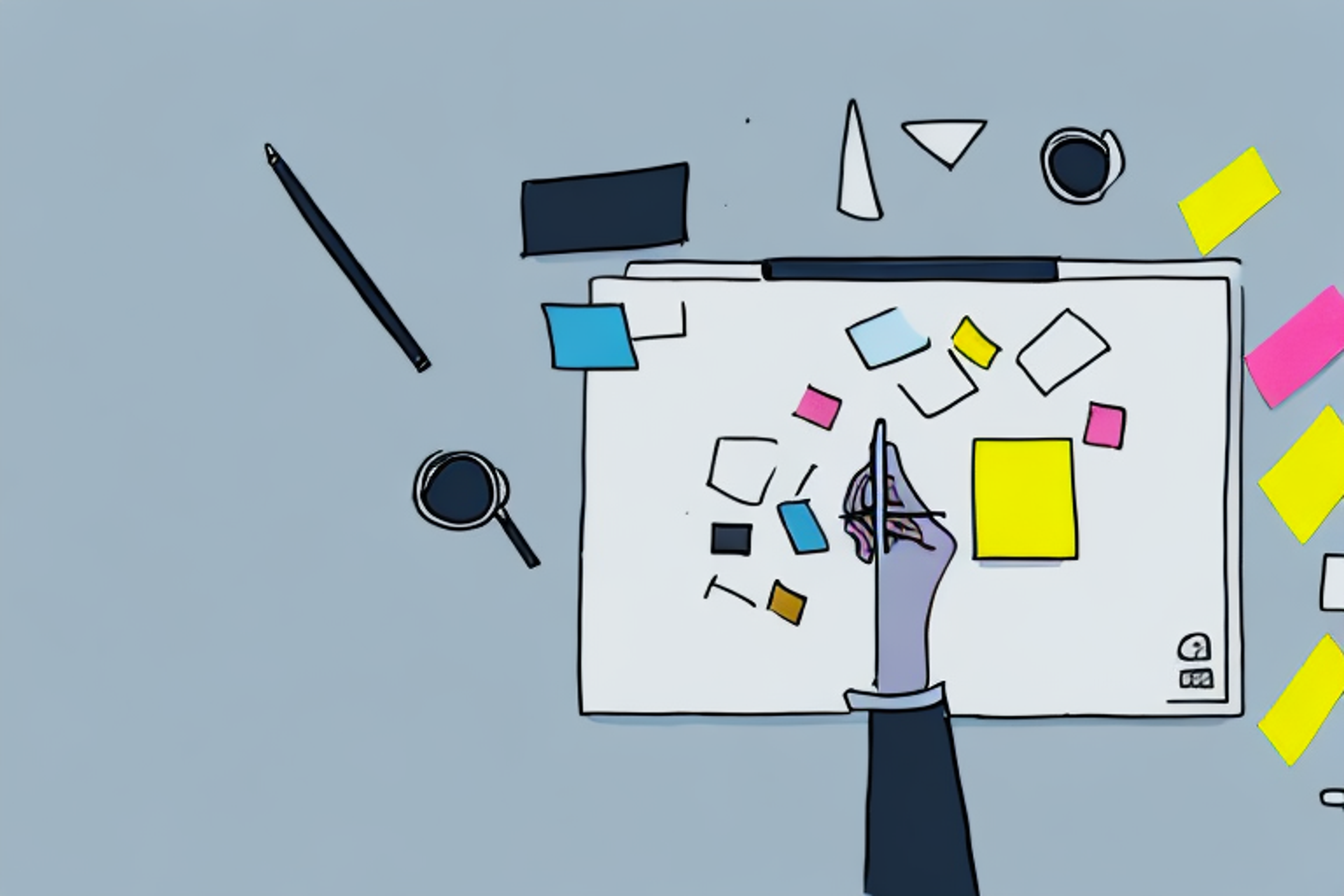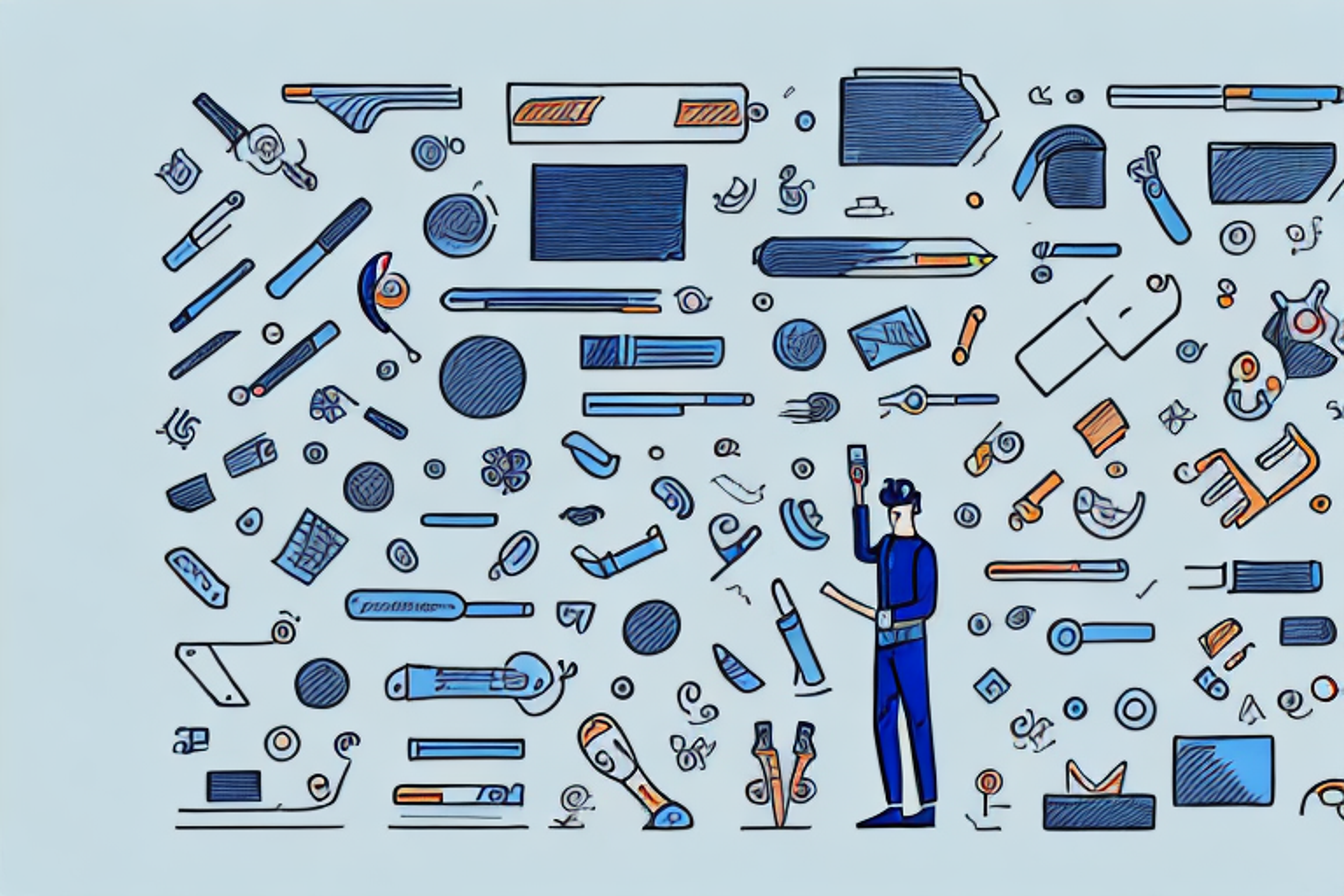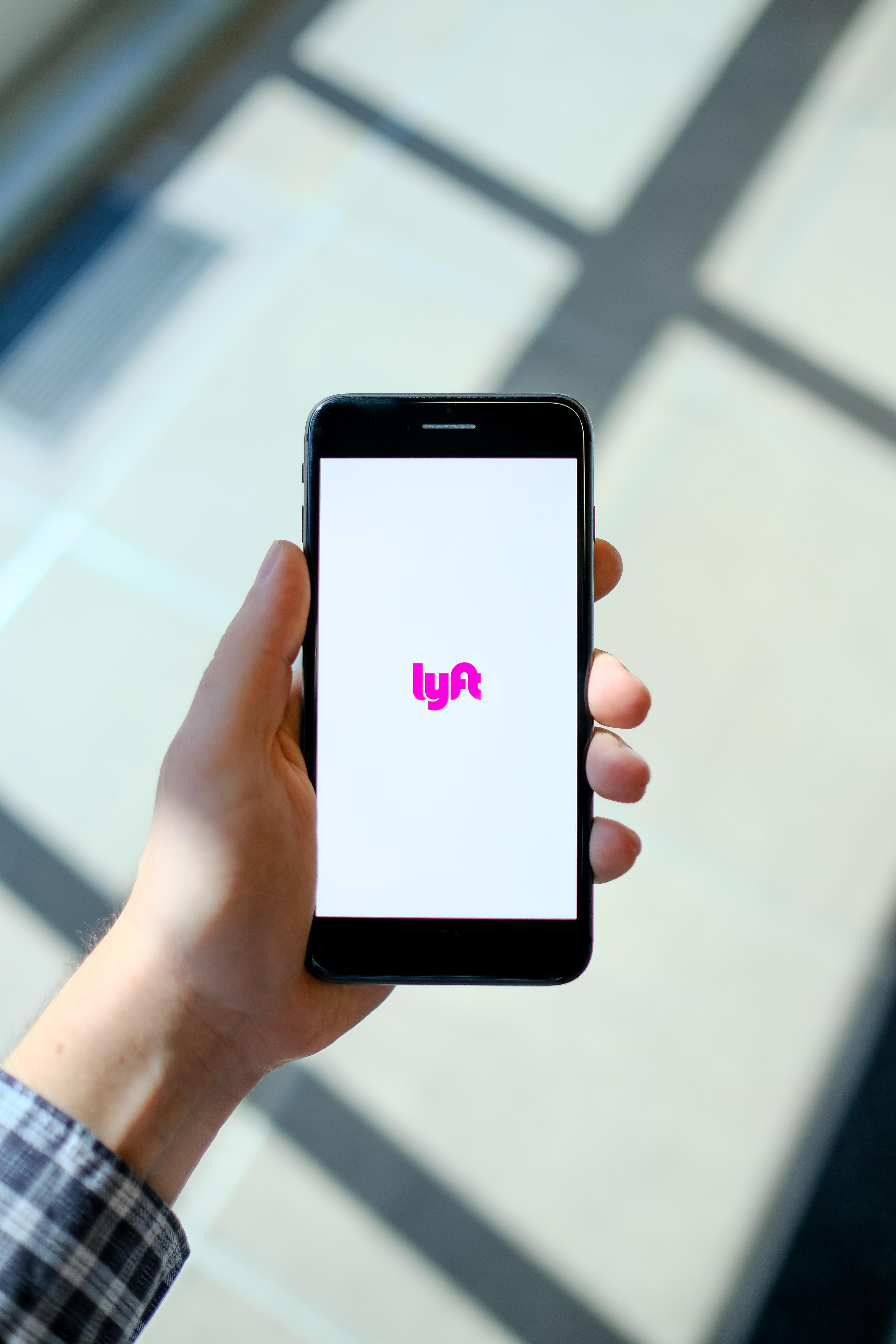How to Prepare for Google Product Sense Interviews
If you're preparing for a Google Product Sense interview, this article is a must-read.
Posted June 13, 2025

Join a free event
Learn from top coaches and industry experts in live, interactive sessions you can join for free.
Table of Contents
Are you preparing for a Google product sense interview? These interviews are designed to test your ability to think strategically, understand user needs, and create compelling product visions. In this article, we'll cover everything you need to know to ace your product sense interview at Google.
Understanding the Product Sense Interview Process
First, let's take a closer look at the product sense interview process. During this interview, you'll be given a hypothetical product scenario and asked to provide a product solution that meets specific user needs and aligns with Google's values. You'll be evaluated on your ability to identify user pain points, prioritize features, and create a product vision that aligns with Google's business goals.
It's important to note that the product sense interview is not just about coming up with a creative idea. You'll also need to demonstrate your ability to think critically about the feasibility of your solution, considering factors such as technical limitations, market competition, and potential business impact. Additionally, you'll be expected to communicate your ideas clearly and concisely, both verbally and visually, using tools such as whiteboarding and wireframing. Overall, the product sense interview is designed to assess your product thinking skills and your ability to apply them in a real-world scenario.
Researching Google's Products and Services
Before your interview, it's important to research Google's products and services thoroughly. This will give you a better understanding of Google's values and the types of products they are interested in developing. Take some time to review Google's website and read about their various products and services. You should also familiarize yourself with Google's mission statement and core values, which can be found on their website.
In addition to reviewing Google's website, it's also helpful to read articles and news stories about the company. This can give you insight into Google's current projects and initiatives, as well as any challenges or controversies they may be facing. You can also follow Google on social media platforms like Twitter and LinkedIn to stay up-to-date on their latest news and announcements.
Another way to research Google's products and services is to try them out for yourself. Download and use Google's various apps and tools, such as Google Drive, Google Maps, and Google Photos. This will not only give you a better understanding of the products, but also show your interviewer that you have hands-on experience with Google's offerings.
Identifying User Needs and Pain Points
During your product sense interview, the interviewer will be evaluating your ability to identify user needs and pain points. To prepare for this, take some time to research the target market for the hypothetical product scenario you may be given. You should also try to think about the types of user needs and pain points that may arise in the context of the product scenario you are given.
One effective way to identify user needs and pain points is to conduct user research. This can involve surveys, interviews, or focus groups with potential users of the product. By gathering feedback directly from users, you can gain valuable insights into their needs, preferences, and pain points. This information can then be used to inform the design and development of the product, ensuring that it meets the needs of its target audience.
Another important aspect of identifying user needs and pain points is empathy. As a product manager, it is essential to put yourself in the shoes of your users and understand their perspective. This can involve imagining their daily routines, their goals and aspirations, and the challenges they face. By developing a deep understanding of your users, you can create a product that truly resonates with them and addresses their most pressing needs and pain points.
Crafting a Compelling Product Vision
Your ability to craft a compelling product vision is another key aspect of the product sense interview. To prepare for this, spend some time researching product visions of existing Google products. Try to identify what makes these product visions compelling and how they align with Google's values. You should also practice developing your own product vision for a hypothetical product scenario.
One important aspect to consider when crafting a product vision is the target audience. Understanding the needs and desires of your target audience can help you create a vision that resonates with them and addresses their pain points. Conducting user research and gathering feedback can be helpful in this regard.
Another factor to keep in mind is the competitive landscape. Analyzing the strengths and weaknesses of your competitors can help you identify opportunities for differentiation and innovation in your product vision. It's important to strike a balance between being unique and meeting the needs of your target audience.
Prioritizing Features and Functionality
During your interview, you may be asked to prioritize features and functionality for a hypothetical product scenario. To prepare for this, think about the types of features that would be most important to users and how they would impact the overall product vision. You should also practice prioritizing features and creating a roadmap for a hypothetical product.
It is important to keep in mind that prioritizing features and functionality is not a one-time task, but an ongoing process. As user needs and market trends change, the priorities for a product may shift. Therefore, it is important to regularly reassess and adjust the product roadmap to ensure that it aligns with the current needs and goals of the business and its users.
Creating a User-Centered Design Strategy
A user-centered design strategy is critical to creating successful products. During your interview, you'll be evaluated on your ability to create a design strategy that aligns with user needs and pain points. To prepare for this, practice creating user personas and mapping out user journeys for hypothetical product scenarios.
It's important to keep in mind that a user-centered design strategy is an iterative process. As you gather feedback from users and test your product, you may need to make adjustments to your strategy. It's also important to involve users throughout the design process, through methods such as usability testing and user research. By prioritizing the needs and experiences of your users, you can create products that are not only functional, but also enjoyable to use.
Analyzing Market Trends and Competitor Offerings
Google is a market leader in many industries, and it's important to stay up to date on market trends and competitor offerings. During your interview, you may be asked to analyze market trends and competitor offerings for a hypothetical product scenario. To prepare for this, spend some time researching competitors and identifying trends in the market.
Developing a Strong Business Case for Your Product Idea
Creating a strong business case is critical to getting your product idea approved. During your interview, you'll be evaluated on your ability to develop a strong business case for a hypothetical product scenario. To prepare for this, practice creating a business case that outlines the market opportunity, user needs, and potential revenue streams for a hypothetical product.
Building a Prototype and Conducting User Testing
Building a prototype and conducting user testing is a key step in the product development process. During your interview, you may be asked to walk through a prototype you've created for a hypothetical product scenario. To prepare for this, practice building prototypes and conducting user testing to gather feedback and improve your product.
Communicating Your Ideas Effectively During the Interview
Effective communication is critical to succeeding in a product sense interview at Google. During your interview, you'll be evaluated on your ability to communicate your ideas clearly and concisely. To prepare for this, practice presenting your ideas to others in a clear and organized manner. You should also practice active listening and responding to feedback in real-time.
Tips for Handling Common Interview Questions and Challenges
Product sense interviews can be challenging, but with the right preparation, you can succeed. To prepare for common interview questions and challenges, practice with mock interviews and seek feedback from others. You should also take some time to reflect on your own experiences and accomplishments, and think about how they relate to product development.
Resources for Further Preparation and Practice
There are many resources available to help you prepare for your product sense interview at Google. Consider taking an online course in product management or UX design, attending industry conferences, or reading books and articles on product development. You can also find practice questions and mock interviews online to help you prepare.
Navigating the Hiring Process at Google
The hiring process at Google is rigorous, but with the right preparation, you can succeed. After your product sense interview, you may be asked to participate in additional interviews to evaluate your technical skills and cultural fit. To prepare for these interviews, review Google's hiring process online and seek feedback from others who have gone through it before.
Conclusion: Key Takeaways for Success in Product Sense Interviews at Google
Preparing for a product sense interview at Google takes time and effort, but with the right preparation, you can succeed. Be sure to research Google's products and services thoroughly, identify user needs and pain points, craft a compelling product vision, prioritize features, and develop a strong business case for your product idea. Practice creating prototypes, conducting user testing, and communicating your ideas effectively. Seek feedback from others and use available resources to prepare for your interview. By following these tips and best practices, you'll be well on your way to acing your product sense interview at Google.
Browse hundreds of expert coaches
Leland coaches have helped thousands of people achieve their goals. A dedicated mentor can make all the difference.




